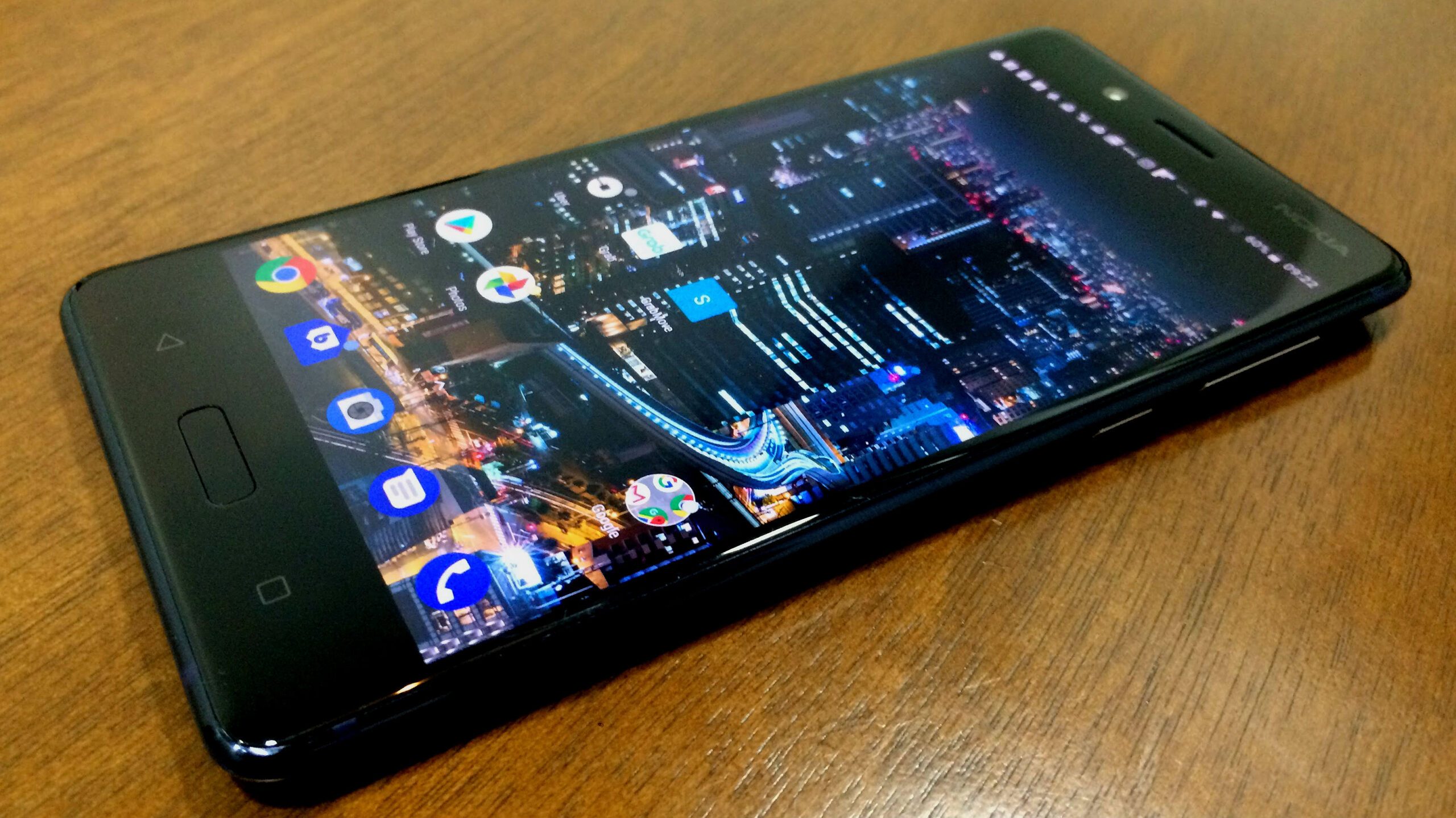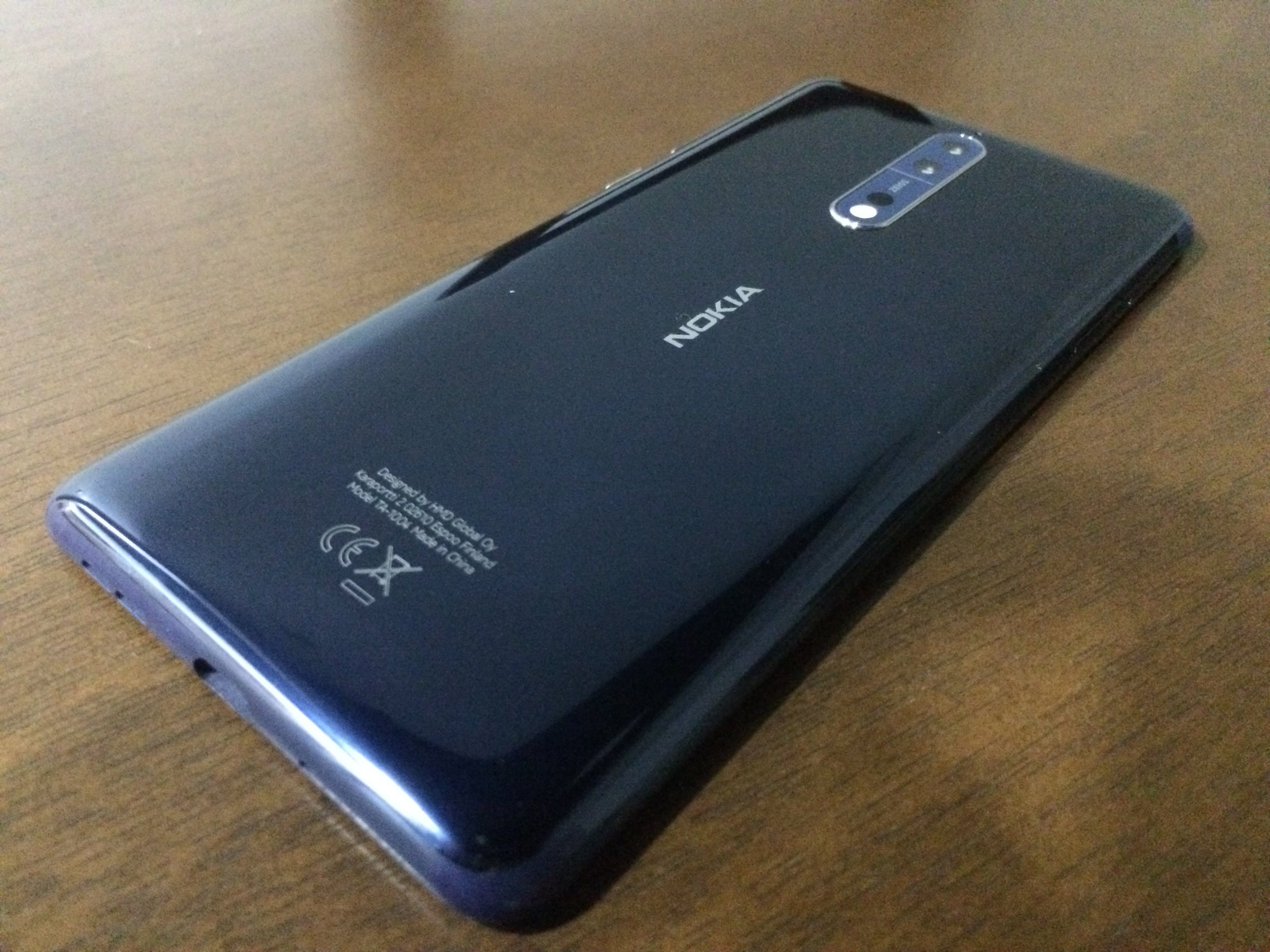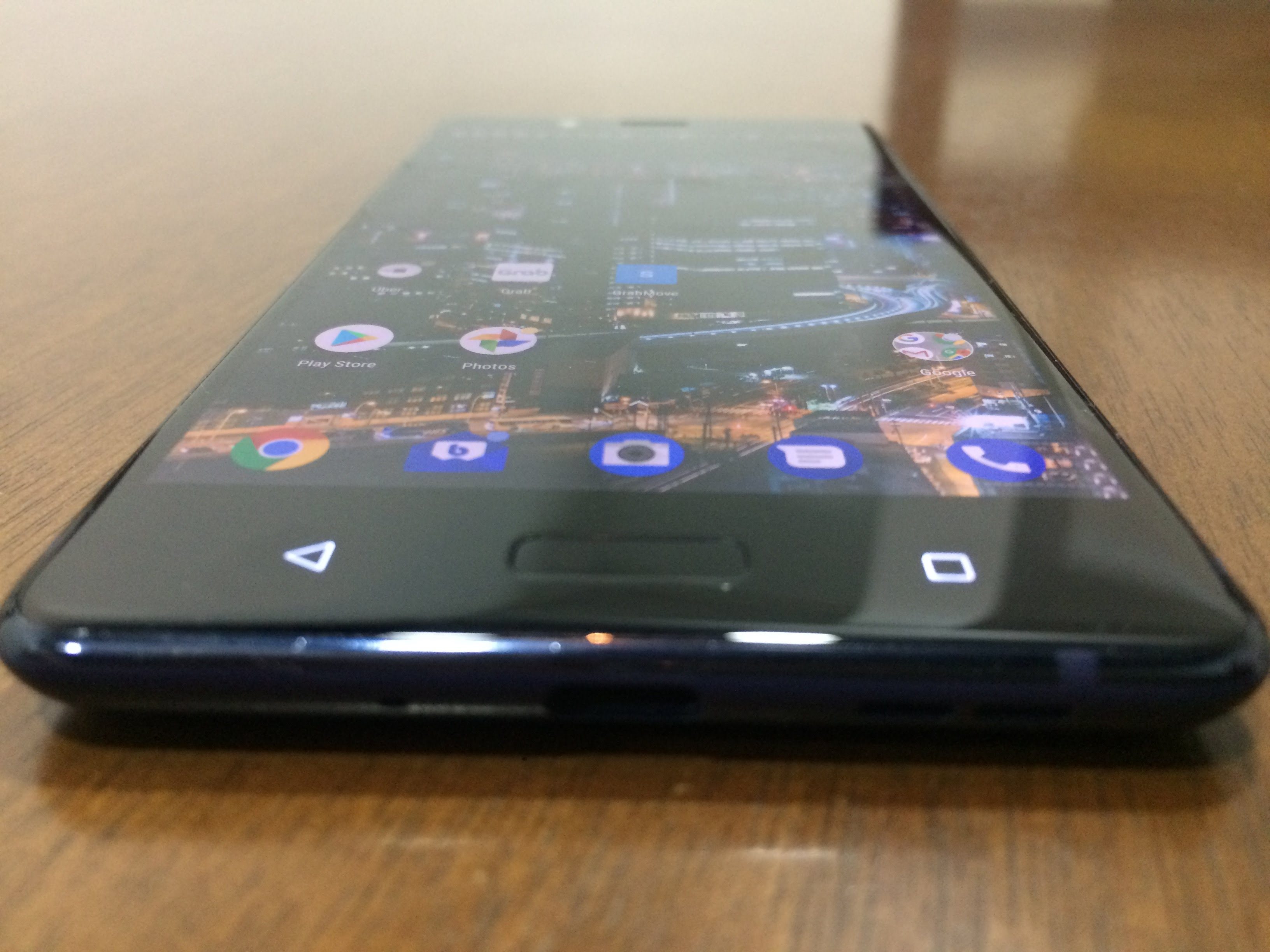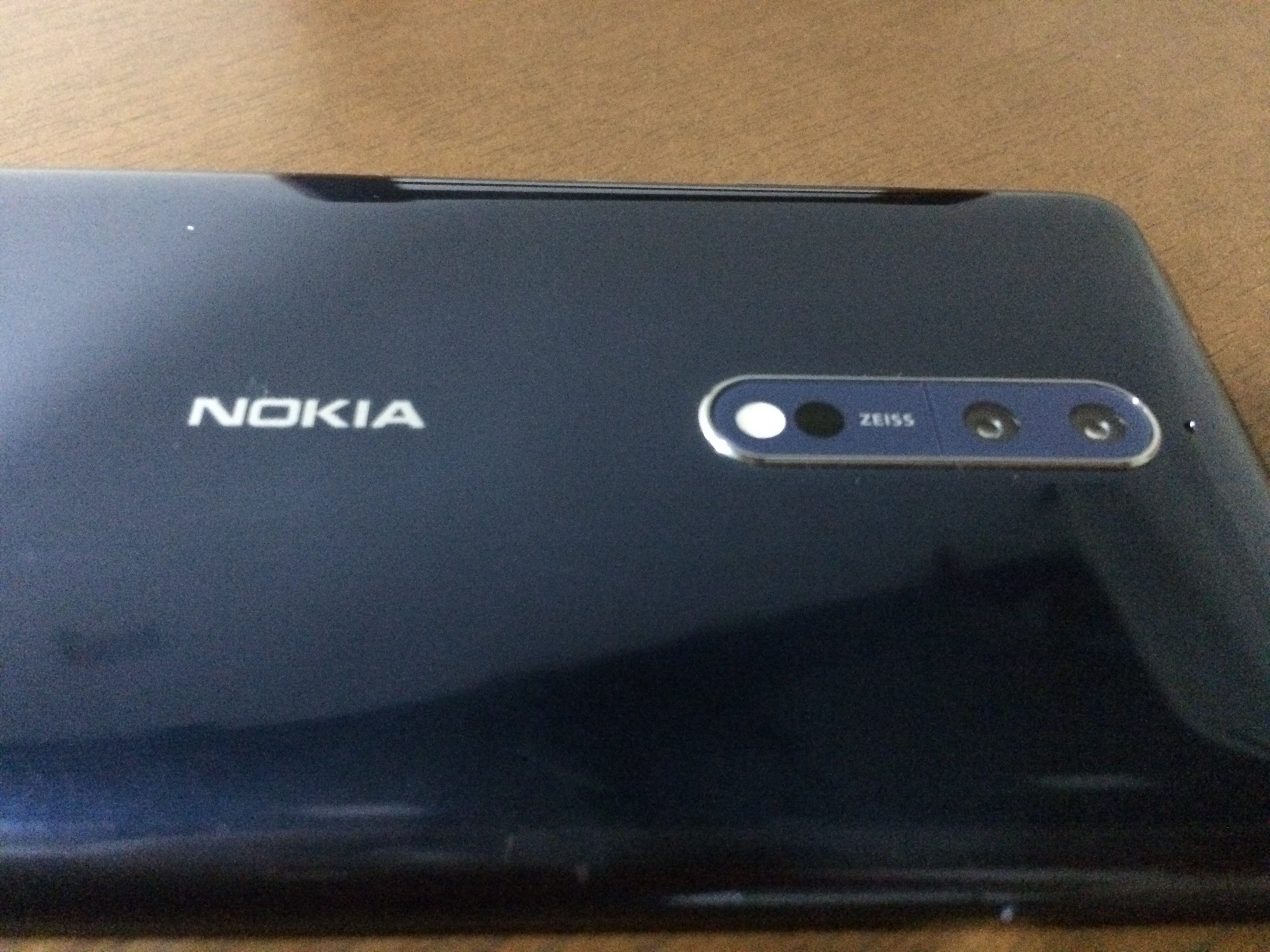SUMMARY
This is AI generated summarization, which may have errors. For context, always refer to the full article.

What we’ve all been waiting for has finally come, or at least what Nokia fans have been clamoring for: a proper flagship from arguably the most iconic mobile phone brand. The P29,990 Nokia 8 has come – but is it too little, too late? Let’s find out.
The dazzler
Would it be too much to say that the Nokia 8 is the best looking Nokia phone ever? Not really. Aside from some Lumia models, this glass and metal ensemble is probably one of the best looking phones you can get today.

Featuring an aluminum unibody design with tapered edges, the Nokia 8, no doubt, has the looks of a flagship. The polished look matches the device’s overall smooth feel. Having no edges actually gives it an “edge” when it comes to design. I would’ve preferred a more Lumia-like look, but I also liked the Windows Phone OS so this probably boils down to preference.
The screen is an ample 5.3 inches on a thin 7.9mm body so it doesn’t only look good but also feels good in the hand. Its QHD resolution also doesn’t hurt, featuring a whopping 2560 x 1440 screen resolution. It’s no 4k screen, but what it lacks in resolution, it makes up for in clarity, sharpness, and one of the blackest blacks on a phone screen.
Nokia also did a good job is hiding the antenna bands; they’re quite hard to see unless you look very closely. It’s not waterproof like some flagships, but it at least has some splash resistance, rated at IP54, so you don’t have to worry when you spill a glass of water on it.
The question is will it walk the talk? We gauge its performance in the next section.
The Performer
The Nokia 8 comes with Android 7.1.1 Nougat out of the box and is powered by a Snapdragon 835 and 4GB of RAM, which provid enough power for even graphics- and memory-intensive games and apps. Day to day use was no problem with the device opening and running apps with ease.

What delighted me when I first used it was discovering that it had 64GB of storage, which is ample in today’s standards. I could make do with at least 32GB, but who wouldn’t want more storage? There’s also a microSD slot so you can add up to 256GB more storage if needed, but the 64GB on board is not bad at all and is more than enough for most users.
Nokia makes the claim that their new Android devices are always pure, secure, and up to date. A week before I returned my review unit, I received a notification that the Android 8.0 Oreo update was already available for the Nokia 8, so Nokia’s claim seems true.
Audiophiles will be glad to know that the Nokia 8 comes with an excellent pair of in-ear headphones with clear sound – although it often sounds that it leans toward the mids a bit too much. Overall, though, sound is great and the headphones are of high quality. This is a welcome addition, especially when you consider the somewhat weak and tinny speaker of the Nokia 8. Sound from the speakers isn’t exactly horrible, but suffice it to say that you won’t be listening to your Spotify playlists through them.
The snapper
One of the highlights of the Nokia 8 is the ability to create what many refer to as a “bothie.” A bothie is a photo taken using both front and back cameras simultaneously. It’s an interesting, if practically limited, idea. It’s useful when you can’t quite fit yourself in a selfie, but it’s the same as just creating a collage of a group shot and a single selfie. It becomes more useful when it comes to video capture.
For example, you can create a video of yourself describing a location or narrating an event while simultaneously capturing it and yourself. The feature isn’t revolutionary or even new; this feature, sans the moniker, has been available in some Android devices for some time now. It’s quite puzzling that Nokia is pushing this feature hard in its marketing.

The interface isn’t bad because of its simplicity, but Nokia may have overdone the simplicity part here. It can be hard to find what you’re looking for at times, but once you familiarize yourself, it’s no problem at all.
Image quality is excellent, however, especially in good lighting conditions. Still, it can’t compare to images taken by flagships from the likes of Samsung, Sony, or Apple. Images taken using the Nokia 8 were crisp, but seemed lackluster when compared to shots taken with other flagships. This is surprising, considering that it has a dual-camera setup that utilizes two 13MP shooters. Even the front camera is 13MP, so it’s hard to determine what’s missing here.
Speaking of the dual cameras at the back, one of them is a monochrome lens that helps improve the quality of low-light images when used in combination with the standard colored camera. It also allows you to capture true, unfiltered black-and-white shots.
Battery
On paper, the battery of the Nokia 8 is quite underwhelming, featuring a smallish 3,090mAh cell. In use, though it does quite well, considering the 5.3-inch QHD screen. With moderate use, the Nokia 8 easily lasted through until the next day, and heavy users needn’t worry about charging in the middle of the day, too, as the battery has proven that it can last throughout the day.
The processor is partly to thank for the battery life. The Snapdragon 835 chipset is a particularly powerful option, and means the battery is well optimized and won’t be wasting too much of its power during use. Nokia didn’t find it necessary to include wireless charging tech, but it’s a feature that isn’t really missed. What’s more important is fast-charging your battery, and Nokia’s got you covered there with Quick Charge 3.0.
Who’s it for?
While the Nokia 8 is far from being the best smartphone in today’s ultra-competitive market, it’s one that brings with it a host of features you’d expect from a great device, an elegant design, and an iconic brand name. It’s a bit more expensive than expected, but if you’re a Nokia fan, this won’t be a problem.
If you’re not a diehard Nokia fan, however, and are looking for a phone in this price range, it’s not that easy to recommend it 100%. Go up the price range a bit, and you can get a waterproof Xperia XZs or the AI processor-equipped Huawei Mate 10. Go down a bit and you can choose from Samsung’s high-midrange options, the powerful OnePlus 5, or lower still, ASUS’ selection of solid midrangers.
The 8 is solid but it finds itself in a tricky place where there’s a lot of other options. We can’t wait for Nokia to follow things up with another flagship with features that might truly set it apart from the crowd.
It seems that the Nokia 8 is designed for the Nokia fan because it comes at a premium that some would be hesitant to pay. High price tag notwithstanding, the Nokia 8 is one smartphone that scores big because of its premium looks and flagship performance. – Rappler.com
Alexis has been a professional writer and editor since 2007 and has worked with website developers, online retailers, and medical and healthcare professionals. On the side, he dabbles in photography. His photography has been published on his Facebook page and on his blogs. You have to start somewhere, right?
Add a comment
How does this make you feel?
There are no comments yet. Add your comment to start the conversation.